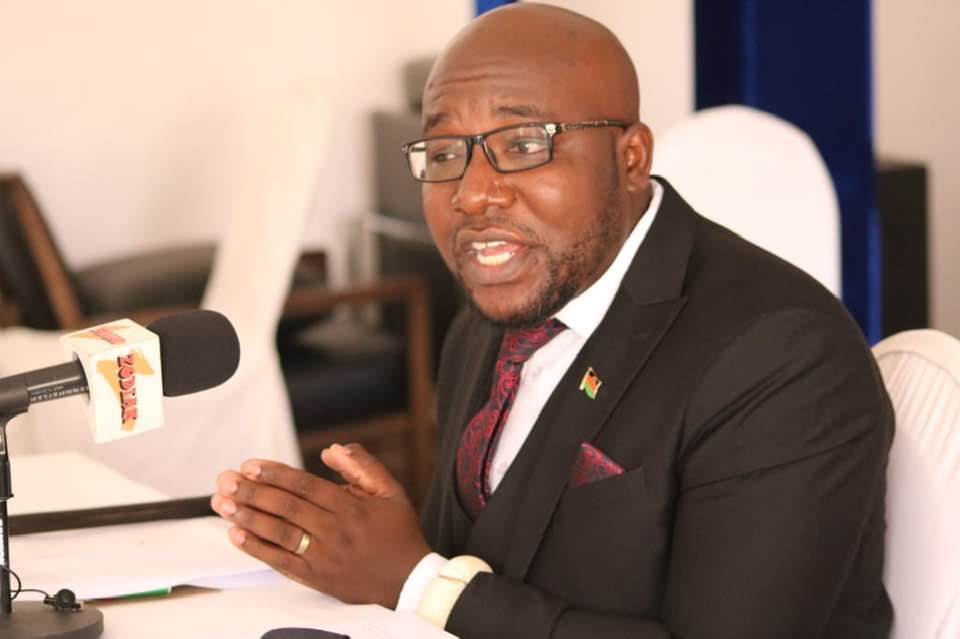Hunger response in K643bn deficit
Malawi is facing a deficit of about K643.8 billion ($367.7 million) to provide relief support to two million households affected by El Nino weather conditions that have reduced harvest, it has emerged.
Making a presentation on the Disaster Response Plan President Lazarus Chakwera launched at Kamuzu Palace in Lilongwe yesterday, the Department of Disaster Management Affairs (Dodma) said so far it has collected $78.3 million (about K137.1 billion) out of the required $446 million (about K780.9 billion) to provide relief support to nine million people affected by El Nino.

Dodma commissioner Charles Kalemba said the World Bank has provided $56.7 million (K100 billion) while other donor partners have made available about $21.6 million (about K37.1 billion).
He said Dodma plans to depart from its norm of using social cash transfers, relief food and other handouts to implementing a two-pronged response plan, with the first phase focusing on providing short-term relief food and the second prioritising mobilisation of resources to boost production to protect lives and safeguard Malawians’ livelihoods.
Said Kalemba: “We will direct the funds to the Ministry of Agriculture to boost production locally. We want to maximise residual moisture as well as leverage the mega farms already ready for irrigation to boost production and ensure that our grain reserves are properly stocked in the short-term.”
He said the funds disbursed in the disaster response plan will target clusters such as education, health, nutrition, food security as well as coordination and logistical support among the clusters.
The response levels mean Malawi has about 17 percent of the funds required to finance the response plan.
The country joins regional counterparts Zimbabwe and Zambia in facing the funding squeeze.
Zimbabwe is seeking $2 billion, but so far UN agencies have allocated $5 million from Central Emergency Response Fund.
Zambia has also called for donor support to fund its response plans to mitigate the fallout caused by El Nino, but the response has been mild.
In his address yesterday, the President urged the donor community to emulate the example set by the World Bank and set up a financial package specifically designed to help the country cope with climate-related disasters.
Said Chakwera: “We know that climate change catastrophes have become the new normal. The World Bank set aside funds to help us cope with the climate crisis. It is time that Malawi sets up a similar fund. The donors can help us by providing funds to stock this special fund.”
He was apparently referring to the Catastrophe Deferred Drawdown Option which the World Bank included in its $80 million Malawi First Growth and Resilience Development Policy Operation that can be triggered in the event of a national disaster.
Malawi exercised the option following the fallout caused by El Nino, prompting the bank to approve the release of $56.7 million on Friday to complement the government’s response plan and relief efforts.
In her remarks, UN resident coordinator Rebecca Addah Donto said her organisation has just approved a $2 million donation through the Central Emergency Response Fund package to complement the government’s relief efforts.
“We [Malawi and partners] need to be coherent and coordinated so that we have a maximum impact,” she said.
Donto further called for enhanced collaboration to ensure that the interventions are successful.
The President on March 23 this year declared a State of Disaster in 23 of the country’s 28 districts affected by the El Nino weather phenomenon. The districts are Nsanje, Chikwawa, Mulanje, Phalombe, Blantyre, Chiradzulu, Thyolo, Zomba, Mangochi, Balaka, Machinga, Mwanza, Neno, Salima, Mchinji, Dowa, Dedza, Lilongwe, Ntchisi, Ntcheu, Nkhotakota, Kasungu and Karonga.
He said the country will need 600 000 metric tonnes of maize valued at K357.6 billion for the humanitarian response.
Preliminary assessments showed that about two million farming households have been affected, with 749 113 hectares of maize affected, representing 44.3 percent of the national crop area.






Eric, how much was spent on AIP in the affected districts? How much in Total including the AIP and the hunger response will be spent in those districts?
How much is the government going to spend again in AIP and his financial year in the very same districts?